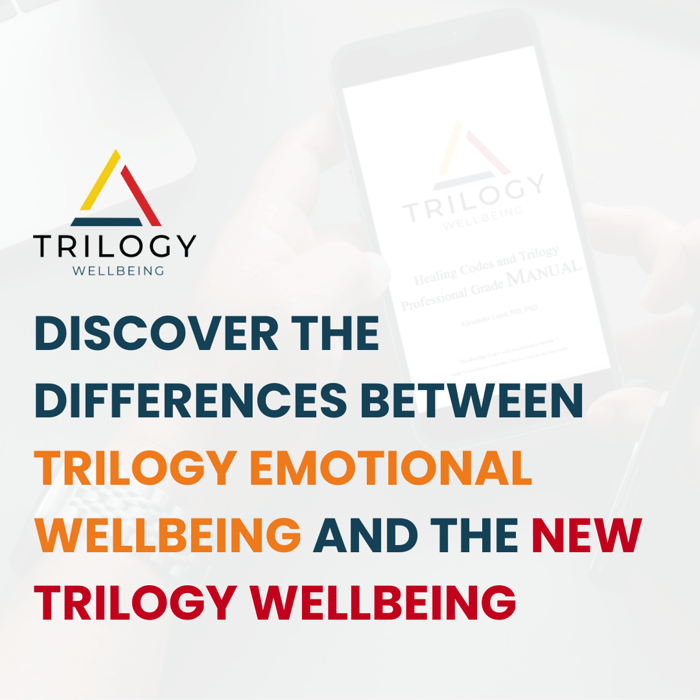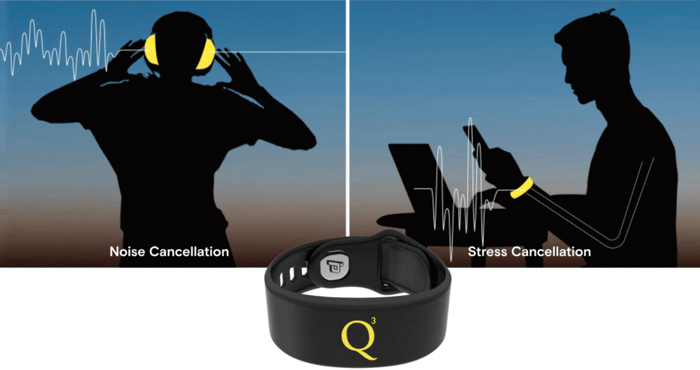
How to Heal a Torn Meniscus Naturally
Tearing cartilage is one of the more bothersome injuries that can result from strenuous activity. We hear about professional athletes with these problems all the time, but it can happen to anyone putting a lot of pressure on one leg—especially if that leg twists the wrong way. And it can put a person out of commission for a long time. So how bad is it, really?
A torn meniscus is definitely worth a trip to the doctor, but the good news is that while some of them may require surgery to repair, many of them don’t. The bad news is that they can take a long time to heal. Often anywhere from 3 to 6 months. In many cases, a torn meniscus isn’t immediately painful—you may only feel a pop as it tears. However, over the next few days, it can start to cause pain, swelling, a locking or weakness of the joint, and a limited range of motion.
Fortunately, there’s a lot you can do to help heal a torn meniscus naturally. We’re going to take a look at all of them, one step at a time.
RICE
If a meniscus tear does not require surgery, many doctors recommend the RICE protocol, which is used for a wide variety of sports-related injuries. It stands for: Rest, Ice, Compression, and Elevation.
· Rest. Naturally, you’ll want to take it easy and stay away from activities that would place further stress on the injury. Depending on severity, a doctor might recommend crutches.
· Ice. Cold or ice packs can help with pain and swelling. Use for 20 minutes at a time, several times a day, and don’t apply ice directly to your skin.
· Compression. Elastic compression bandages are a good way to cut down on swelling and blood loss.
· Elevation. When resting, try to recline and place your leg above your heart. This too will cut down on swelling.
Collagen
Collagen protein is becoming a popular dietary choice in its own right but may be particularly beneficial in naturally healing a torn meniscus and other, similar injuries. We reached out to a double board-certified surgeon with over 26 years experience as a professor, over 50 published clinical papers in peer-reviewed journals, and 4 United States patents in the field of health, and asked for his expertise on the subject. He had this to say:
“Cartilage has such a poor ‘blood supply’ that healing can take forever. I studied collagen for years and know that people take collagen proteins orally to help cartilage conditions. This only makes sense to me inasmuch as you are getting extra hydroxylated amino acids (proline and lysines) that are part of the collagen proteins and possibly collagen cross-links. This is because the tertiary and quaternary protein structures are degraded during digestion and absorption, as far as I know. That’s my long answer. The short answer is: why not eat cartilage?... And of course, heal stress triggers using the Healing Codes!”
Which brings us to our next subject…
Mental and Emotional Wellbeing
Ask any doctor in the world, and they’ll tell you that a person’s mental and emotional wellbeing has a huge impact on their physical health. For many years now, the CDC has listed “stress” as the cause of approximately 90 percent of all illness and disease. Many other doctors, such as Dr. Bruce Lipton of Harvard University, go even further, attributing 95 percent to stress, and the other 5 percent to genetic defects resulting from stress in previous generations!
Current psychological research shows that human beings have a strong bias toward the negative. Our survival instinct is constantly on the look-out for any signs of danger, and tends to err on the side of overreacting—since an underreaction could theoretically get us killed. This is similar to how children are supposed to need about 10 positive interactions to every 1 negative interaction, in order to stay emotionally healthy. In adults, the split seems to be about 80/20 to the negative.
However, our bodies were never meant to live under this sort of fight-or-flight pressure in the long-term, and over time that physiological stress can cause us to break at our weakest link, causing illness and disease. Physical injury in particular can also cause a form of psychological trauma. Naturally, it causes you to worry and stress over whether your injury will heal the way it’s supposed to, and you subconsciously think of yourself as not being whole.
For our bodies to naturally heal to their fullest potential, we need a reliable tool to reverse this trend and try to shift our thoughts back toward the positive, the peaceful, and the constructive.
The Healing Codes
With that in mind, healing physiological stress may be the single most meaningful thing you can do to aid your recovery from virtually any illness or injury. Dr. Alex Loyd is an N.D., Ph.D., and New York Times bestselling author of The Healing Code, who has dedicated his career for the last three decades to searching for the best possible ways to do just that. He has built the largest practice of its kind in the world, with clients in all 50 states and over 125 countries and counting. His methods now have over 20 double-blind university studies bearing out their effectiveness as a solution to clinical stress.
Dr. Alex offers the Healing Code method COMPLETELY FREE! This simple, self-administered method uses natural mechanisms within the human body to heal stress naturally and place the user into a state of physical peace. The method is easy to learn and only takes five minutes a day to heal the source of your physiological stress, so click right here to try it right now, no strings attached!




